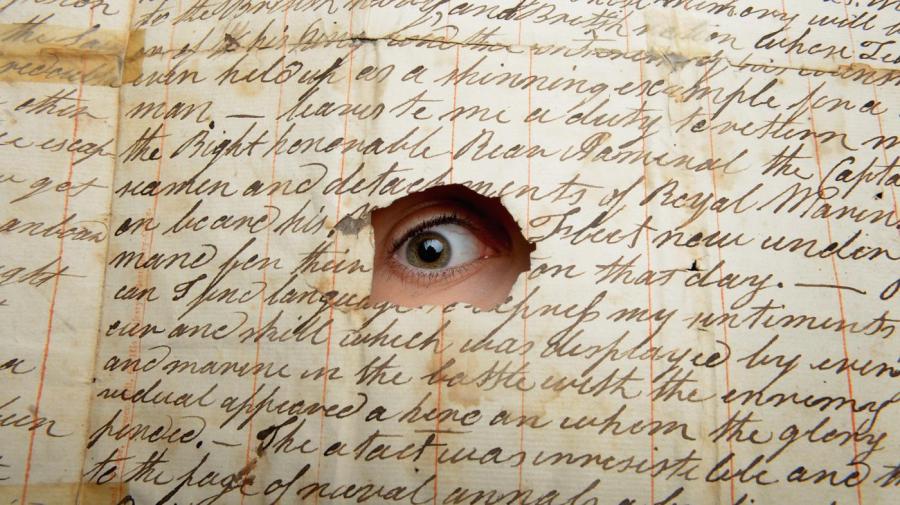What Are Examples of Sensory Details?

Sensory details are elaborations of specific sensations experienced, including visual, sonic, olfactory, tactile, luminous or kinesthetic qualities. They may include descriptions such as “the air was dense and the flight was bumpy” or “her eyes were hazel-green.”
Sensory details can be used in literary, academic persuasive, scientific or artistic instances. Sensory details help to convey a direct impression of a particular time and place or a lifeworld. Details of experience which take into account the senses—it was a rainy day and car headlights were refracted in the distance; the cows had an overwhelming tangy odor; the sunset exuded a glowing magenta—can heighten the realism of a passage.
Sensory details can bring writing to life and draw the reader into the scene through imagining firsthand the details described. Often a combination of sensory details can be used to create an even further compelling image of a scene, and sensory details need not be expressed purely through language. For example, many of the painters associated with the impressionism movement were thoroughly obsessed with the phenomenon of light and attempted to encode impressions of luminosity directly through the canvas. Nineteenth century French impressionist painter Claude Monet was notorious for his brilliant invocations of natural light which cascaded from cathedral walls, off of ponds and across landscapes.





